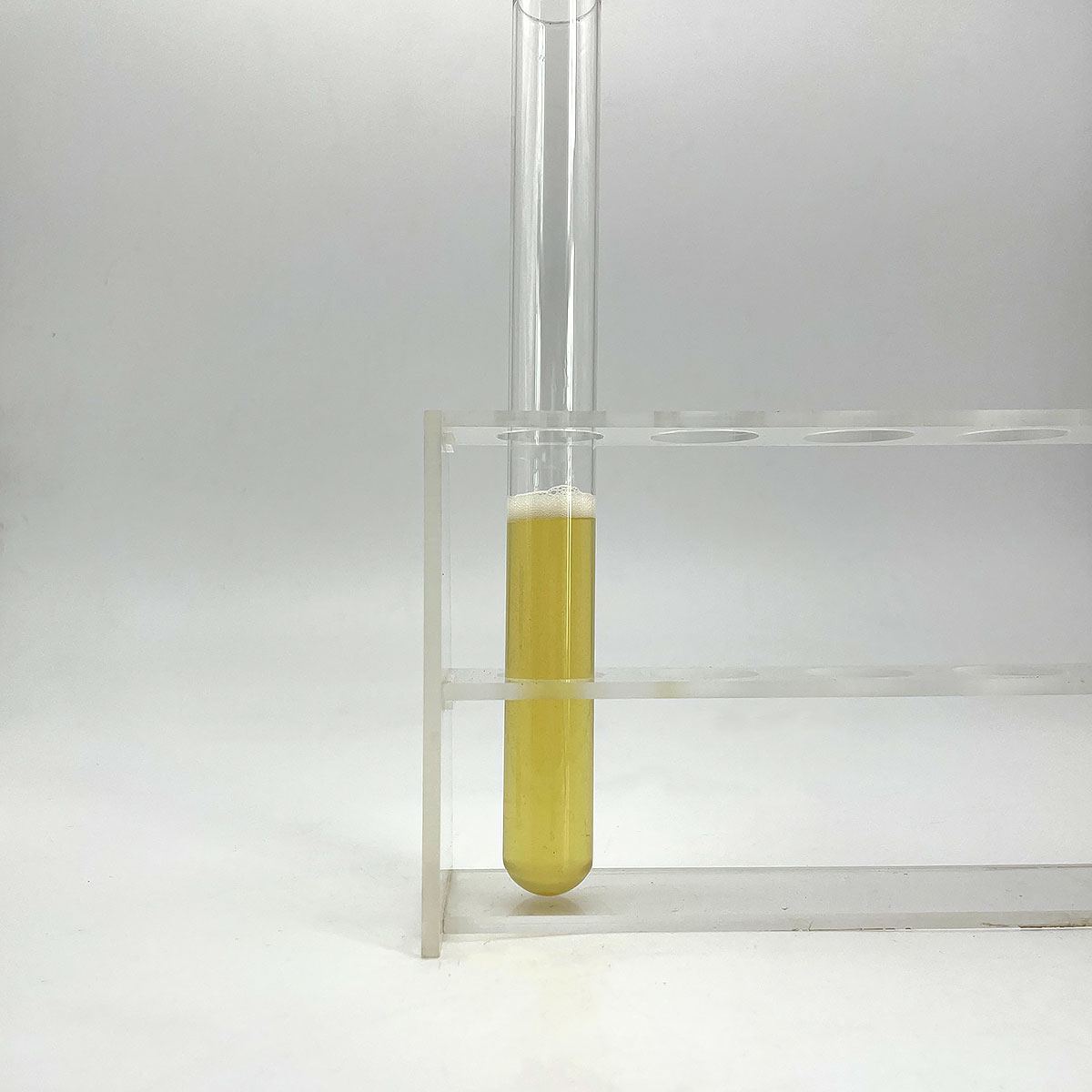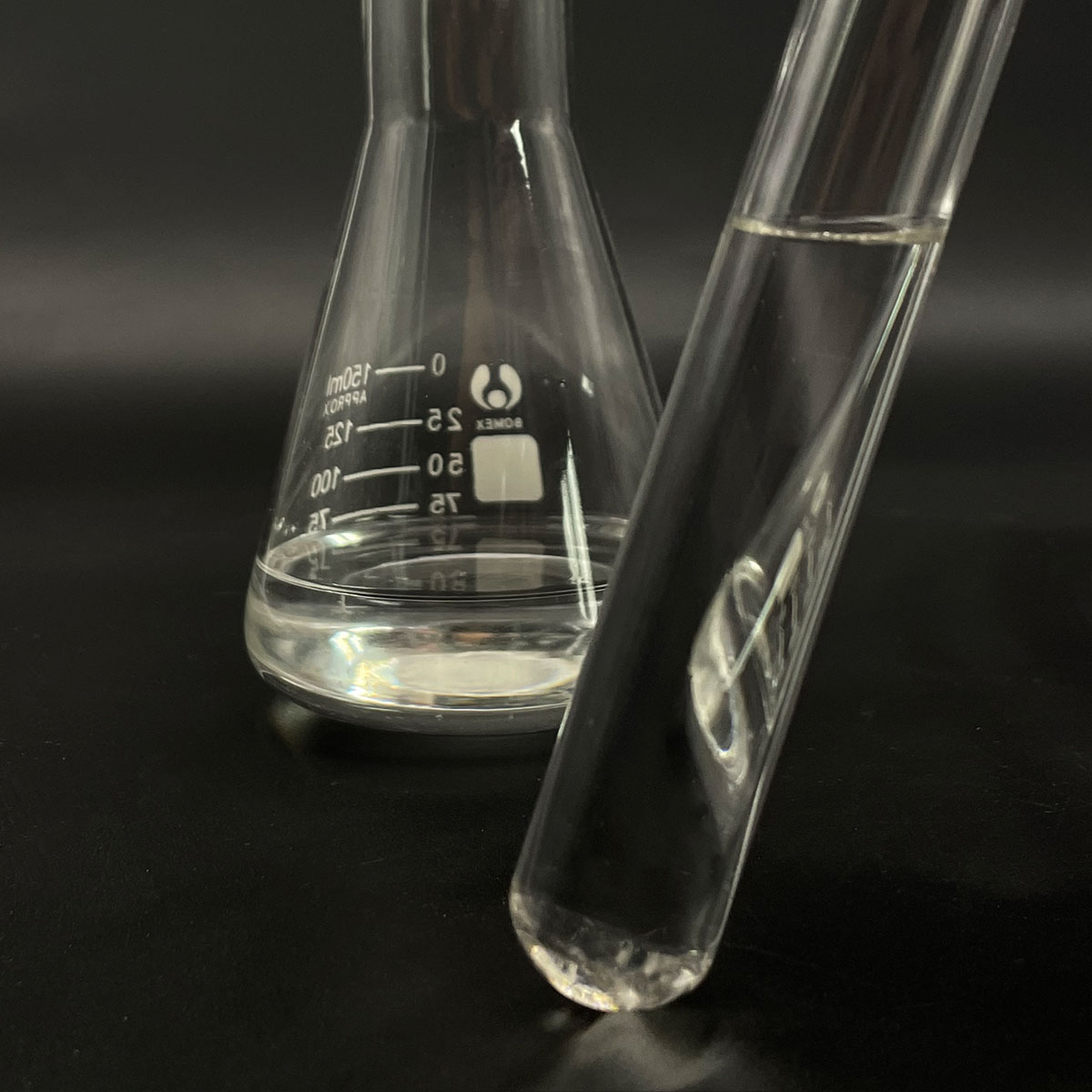**Why Your Lungs Need This Slippery Miracle: The Science of Pulmonary Surfactant**
(What Does Pulmonary Surfactant Do)
Imagine blowing a soap bubble. It floats, shiny and delicate, until it pops. Now picture millions of tiny bubbles inside your lungs. These aren’t soap bubbles—they’re air sacs called alveoli. Every breath you take depends on them staying open. But here’s the twist: without a slippery, soap-like substance called pulmonary surfactant, those air sacs would collapse like deflated balloons. Let’s talk about why this unsung hero matters.
Your lungs are packed with over 400 million alveoli. Each one is thinner than a sheet of tissue paper. When you inhale, these sacs fill with air, letting oxygen slip into your blood. When you exhale, they squeeze out carbon dioxide. But there’s a problem. Water molecules inside the alveoli create surface tension—a force that makes water stick together. High surface tension pulls the walls of the alveoli inward, like a shrinking plastic wrap. If this happens, the alveoli collapse, making it hard to breathe.
This is where pulmonary surfactant steps in. Made of fats and proteins, it coats the inside of alveoli like a greasy film. Surfactant lowers surface tension, just like dish soap breaks down grease in a pan. With less tension, the alveoli stay open easily. Think of it as giving your lungs a constant supply of microscopic bubble mix. Without it, every breath would feel like blowing up a stiff balloon.
Babies in the womb don’t make surfactant until late in pregnancy. Premature babies often struggle to breathe because their lungs lack this slippery layer. Doctors call this respiratory distress syndrome (RDS). Today, synthetic surfactants can be given to these babies, saving countless lives. It’s a modern medical marvel rooted in basic biology.
Surfactant doesn’t just keep alveoli open. It also makes sure they inflate evenly. Some alveoli are bigger, some smaller. Surfactant adjusts surface tension based on size. In smaller alveoli, the molecules pack tightly, reducing tension more. In larger ones, they spread out, letting tension rise slightly. This balance stops big alveoli from hogging all the air and squashing the smaller ones. It’s like a bouncer managing a crowded room—everyone gets space.
The body starts making surfactant around the 24th week of pregnancy. By week 35, most babies have enough to breathe on their own. That’s why premature births before this time often need extra help. Scientists first discovered surfactant’s role in the 1950s. By the 1980s, it was used to treat preemies. Today, researchers study how it helps adults with lung injuries, like from pneumonia or COVID-19.
Surfactant even fights germs. Some proteins in it stick to bacteria and viruses, making it harder for them to infect lung cells. It’s like having a security system that both keeps doors open and scares off intruders.
(What Does Pulmonary Surfactant Do)
So next time you take a deep breath, thank pulmonary surfactant. It’s the reason your lungs don’t stick together, the reason air flows smoothly, and the reason millions of tiny bubbles inside you keep doing their job—silently, slickly, and without a single pop.
Inquiry us
if you want to want to know more, please feel free to contact us. (nanotrun@yahoo.com)




